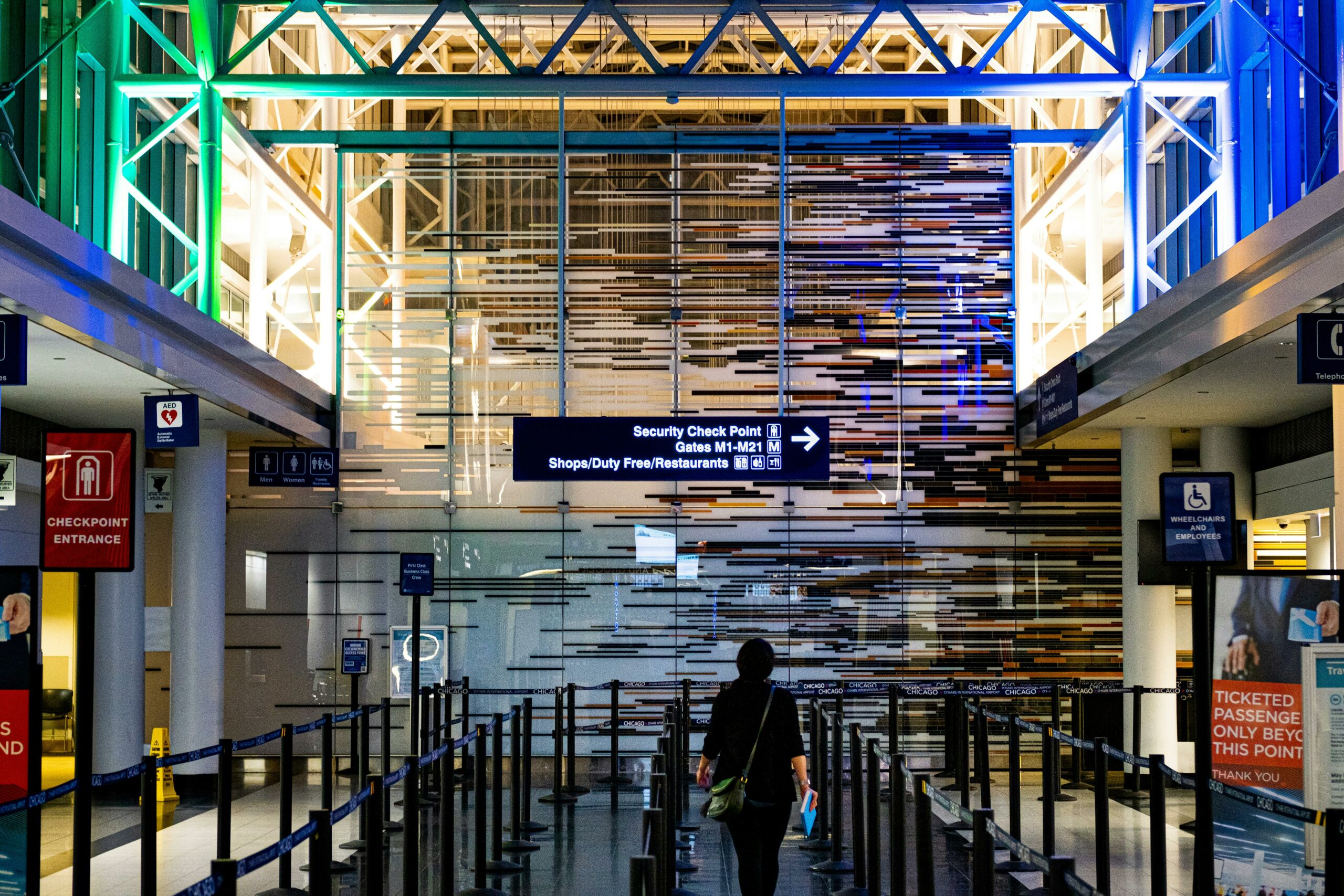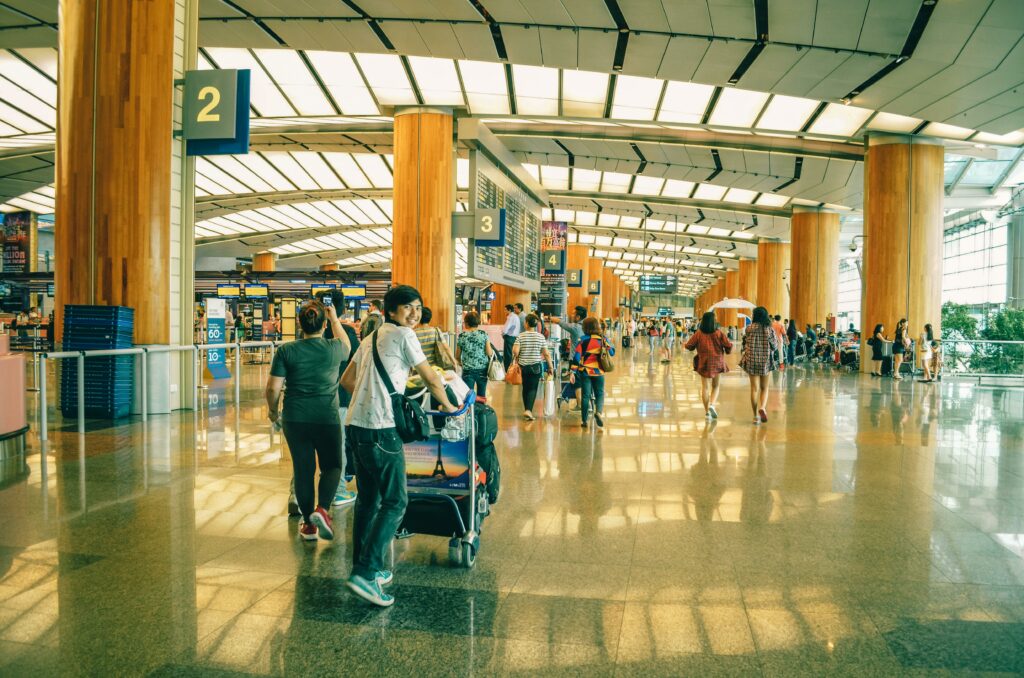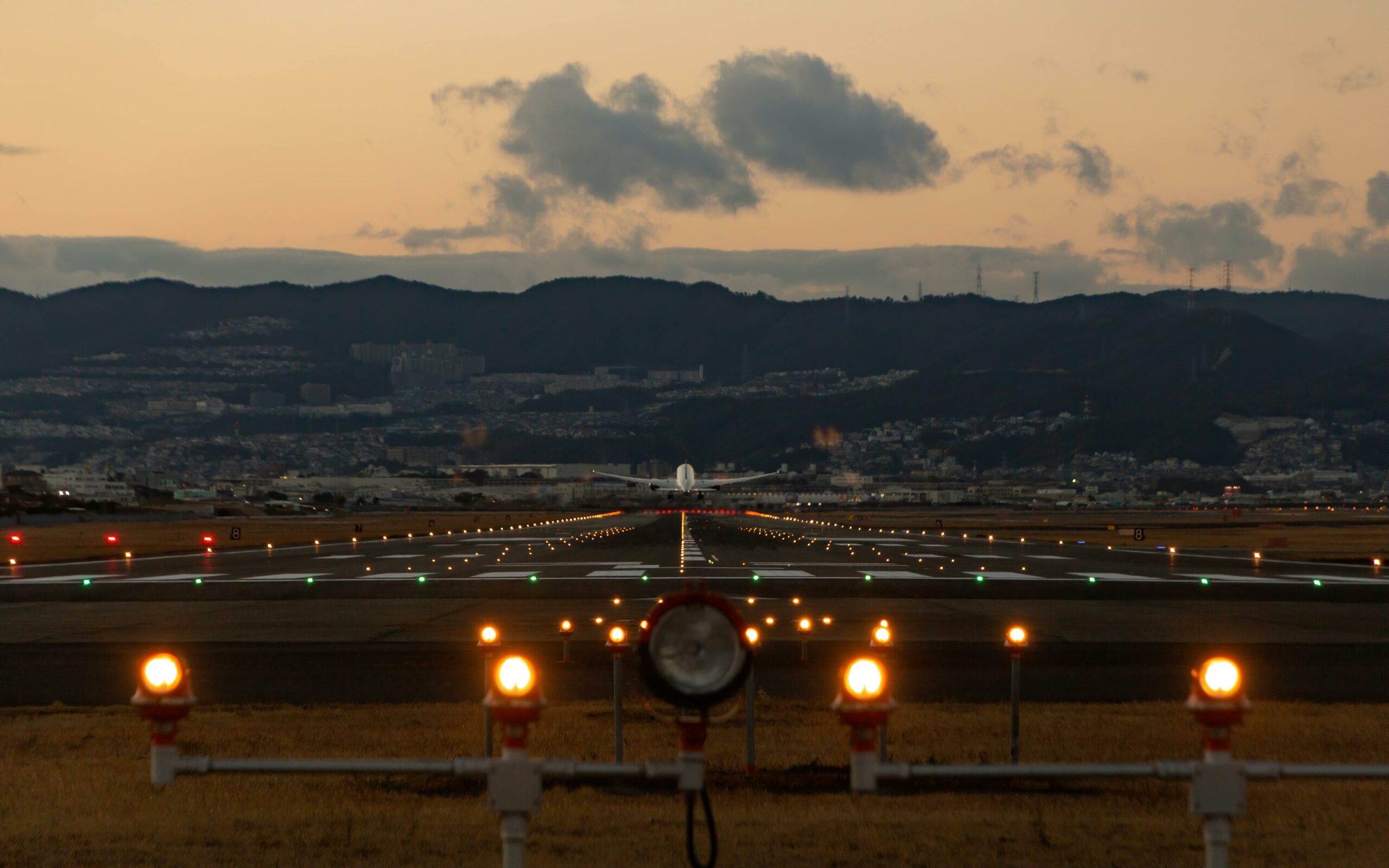The Future of Airport Security: Balancing Safety and Convenience

In the ever-evolving landscape of air travel, airport security remains a critical concern for both passengers and authorities. The challenge is clear: how do we ensure the highest levels of safety while maintaining or even enhancing the convenience of the travel experience? As technology advances and threats become more sophisticated, the future of airport security lies in striking this delicate balance. This blog will explore the trends, technologies, and strategies that promise to shape the future of airport security, making air travel safer and more efficient.
The Evolution of Airport Security
A Brief History
Airport security has come a long way since the early days of commercial aviation. Initially, security measures were minimal, primarily focusing on preventing smuggling and ensuring the safety of the aircraft. However, several high-profile incidents, such as the hijackings of the 1970s and the tragic events of September 11, 2001, drastically reshaped the landscape of airport security.
Post-9/11, the establishment of the Transportation Security Administration (TSA) in the United States and similar agencies worldwide led to a significant increase in security measures. These included more stringent passenger screening, the introduction of no-fly lists, and enhanced baggage screening protocols. While these measures significantly improved safety, they also introduced new challenges, including longer wait times and a more cumbersome travel experience.
Current Challenges
Today, airport security faces a multitude of challenges:
1. Increasing Passenger Volume: With global air travel expected to nearly double over the next two decades, airports must handle more passengers without compromising security or convenience.
2. Evolving Threats: Threats are constantly evolving, requiring security agencies to stay ahead of new techniques and technologies used by those with malicious intent.
3. Balancing Security and Convenience: Ensuring robust security measures without causing excessive inconvenience to passengers is a constant balancing act.
Innovations in Airport Security
Biometric Technology
Biometric technology is revolutionizing airport security by providing faster and more accurate ways to verify passenger identities. Technologies such as facial recognition, fingerprint scanning, and iris recognition are being increasingly implemented at various touchpoints within the airport.
1. Facial Recognition: Used at check-in counters, security checkpoints, and boarding gates, facial recognition technology can significantly speed up the verification process. It matches a passenger’s face with their travel documents and existing databases, reducing the need for manual checks.
2. Fingerprint Scanning: Fingerprint scanners are already in use at many airports for identity verification. This method is highly reliable and can help streamline the passenger flow through security checkpoints.
3. Iris Recognition: Although less common, iris recognition is one of the most secure biometric methods. It is being tested in some airports to enhance security and expedite passenger processing.
Advanced Screening Technologies
The development of advanced screening technologies promises to make airport security both more effective and less intrusive.
1. Computed Tomography (CT) Scanners: These scanners provide detailed 3D images of luggage, allowing security personnel to better identify potential threats without requiring passengers to remove electronics or liquids from their bags. This technology not only improves security but also speeds up the screening process.
2. Millimeter-Wave Scanners: These scanners are used for body screening and can detect concealed objects without physical contact. They are less invasive than traditional pat-downs and can process passengers more quickly.
3. Artificial Intelligence (AI): AI is increasingly being used to analyze data from various sources, identify suspicious patterns, and even predict potential security threats. Machine learning algorithms can quickly process vast amounts of data, improving the accuracy and efficiency of security screenings.
Enhanced Data Analytics
Data analytics plays a crucial role in modern airport security. By analyzing passenger data, travel patterns, and other relevant information, security agencies can identify potential threats more effectively and allocate resources more efficiently.
1. Risk-Based Screening: Programs like TSA PreCheck and Global Entry use data analytics to identify low-risk passengers who can be expedited through security. This allows security agencies to focus their resources on higher-risk individuals, improving overall efficiency.
2. Behavioral Analysis: Advanced data analytics can also be used to identify unusual or suspicious behavior. For example, AI algorithms can analyze video footage to detect behavior that deviates from the norm, alerting security personnel to potential threats.
The Internet of Things (IoT) and Smart Airports
The Internet of Things (IoT) is transforming airports into smart environments where devices communicate with each other to improve security and efficiency.
1. Smart Security Checkpoints: IoT-enabled devices can streamline the security process by providing real-time data on passenger flow, wait times, and equipment performance. This information can be used to optimize staffing levels, reduce bottlenecks, and ensure a smoother passenger experience.
2. Connected Baggage Systems: Smart baggage systems use RFID tags and IoT technology to track luggage in real-time. This reduces the risk of lost baggage and allows for more efficient security screening of checked bags.
3. Environmental Monitoring: IoT sensors can monitor environmental conditions within the airport, such as air quality and temperature. This information can be used to enhance passenger comfort and safety.
Balancing Security and Convenience

Streamlining the Passenger Journey
One of the main goals of future airport security is to create a seamless passenger journey from curb to gate. This involves minimizing the number of touchpoints where passengers are required to stop for security checks and making those touchpoints as efficient as possible.
1. One ID Concept: The One ID concept, promoted by the International Air Transport Association (IATA), envisions a seamless journey where passengers only need to present their identification once. Biometric technology would then be used to verify their identity at each subsequent checkpoint. This would significantly reduce the time spent in security lines and improve the overall travel experience.
2. Automated Border Control: Automated border control systems use biometric technology to verify passenger identities and process them through immigration checkpoints quickly. This reduces wait times and allows border control officers to focus on higher-risk individuals.
Enhancing Passenger Experience
Improving the passenger experience is a key aspect of balancing security and convenience. By making security processes more transparent and less intrusive, airports can reduce passenger stress and improve satisfaction.
1. Clear Communication: Providing clear and consistent information about security procedures can help passengers understand what to expect and how to prepare. This can be achieved through digital signage, mobile apps, and staff training.
2. Privacy Considerations: Addressing privacy concerns is essential for gaining passenger trust. Airports and security agencies must be transparent about how biometric and other personal data is used and stored. Implementing robust data protection measures and obtaining passenger consent can help alleviate privacy concerns.
3. Passenger Feedback: Regularly gathering and acting on passenger feedback can help airports identify areas for improvement and make the security process more user-friendly. This can be done through surveys, focus groups, and analyzing social media comments.
The Role of Collaboration and Innovation
Public-Private Partnerships

Collaboration between public and private entities is crucial for advancing airport security. Public-private partnerships can drive innovation, share best practices, and ensure that security measures are both effective and efficient.
1. Technology Development: Partnerships between government agencies, technology companies, and academic institutions can foster the development of new security technologies. These collaborations can lead to the creation of cutting-edge solutions that enhance security while improving the passenger experience.
2. Industry Standards: Establishing industry-wide standards for security technologies and procedures can ensure consistency and interoperability across airports. This can make it easier for passengers to navigate security processes and for security agencies to implement new measures.
International Cooperation
Given the global nature of air travel, international cooperation is essential for ensuring consistent and effective security measures.
1. Information Sharing: Sharing intelligence and best practices between countries can help identify and mitigate potential threats. International organizations, such as the International Civil Aviation Organization (ICAO), play a key role in facilitating this cooperation.
2. Harmonizing Regulations: Harmonizing security regulations and standards across countries can make it easier for passengers to understand and comply with security requirements. This can also reduce the burden on airlines and airports, making the security process more efficient.
Embracing Innovation
Innovation is at the heart of the future of airport security. By embracing new technologies and approaches, airports can enhance security while improving the passenger experience.
1. Pilot Programs: Implementing pilot programs to test new security technologies and procedures can provide valuable insights and help identify potential challenges. These programs can be used to refine and optimize new solutions before they are rolled out on a larger scale.
2. Continuous Improvement: The security landscape is constantly evolving, and airports must be proactive in adapting to new threats and opportunities. This requires a commitment to continuous improvement and a willingness to invest in new technologies and training.
Conclusion
The future of airport security lies in finding the perfect balance between safety and convenience. As technology continues to advance, airports have the opportunity to implement innovative solutions that enhance security while improving the passenger experience. Biometric technology, advanced screening methods, data analytics, and IoT-enabled smart airports are just some of the tools that will shape the future of airport security.
By embracing collaboration, innovation, and a passenger-centric approach, airports can create a seamless and secure travel experience that meets the needs of both passengers and security agencies. The journey ahead is challenging, but with the right strategies and technologies in place, the future of airport security looks promising. As we continue to navigate this evolving landscape, one thing is clear: safety and convenience are not mutually exclusive, and together, they will define the next generation of air travel.
